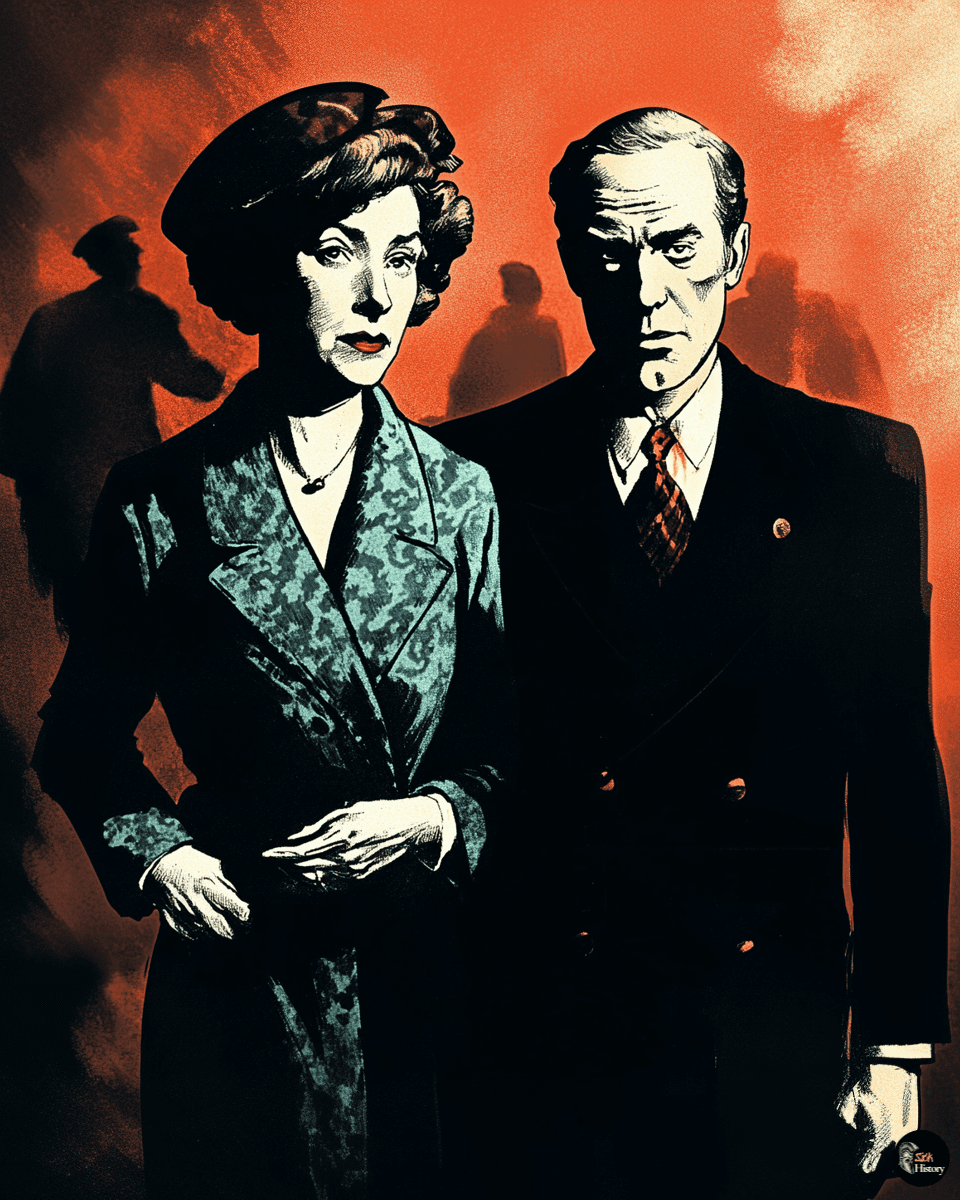On the evening of December 3, 1926, renowned crime novelist Agatha Christie vanished without a trace from her home in Sunningdale, Berkshire. Her disappearance sparked a nationwide manhunt that captivated the public and baffled authorities for 11 days.
Christie’s Morris Cowley car was discovered abandoned near Silent Pool, a spring-fed lake near Guildford, fueling speculation about her fate.
The mystery surrounding Christie’s disappearance remains one of the most intriguing episodes in literary history. Theories abounded, ranging from suicide to a nervous breakdown to a carefully orchestrated publicity stunt. Even fellow author Sir Arthur Conan Doyle became involved, attempting to use a glove belonging to Christie to aid in the search.
Christie was eventually found staying at the Swan Hydropathic Hotel in Harrogate, Yorkshire, under an assumed name. She claimed to have suffered from amnesia, but many questioned this explanation. The incident occurred shortly after Christie learned of her husband Archie’s affair, adding a layer of personal drama to the already sensational story.
The Disappearance of Agatha Christie
Agatha Christie’s sudden vanishing in December 1926 sparked a nationwide manhunt and captivated the public. The 11-day disappearance of the famous novelist remains one of the most intriguing mysteries in literary history.
December 1926: Christie’s Mysterious Absence
On December 3, 1926, Agatha Christie left her home in Sunningdale, Berkshire, in her Morris Cowley car. Her vehicle was later found abandoned near Newlands Corner, Guildford. Christie had vanished without a trace, leaving behind her coat and driver’s license.
A massive search effort ensued, involving over 1,000 police officers and volunteers. Even Sir Arthur Conan Doyle, creator of Sherlock Holmes, joined the hunt, attempting to use psychic methods to locate the missing author.
The Home Secretary pressured the police to intensify their efforts. Despite the extensive search, Christie’s whereabouts remained unknown for 11 days.
Notable Figures and Locations
Archie Christie, Agatha’s husband, became a person of interest due to his affair with Nancy Neele. The police questioned him extensively about his wife’s disappearance.
The Swan Hydropathic Hotel in Harrogate, Yorkshire, played a crucial role in the mystery. It was here that Christie was eventually discovered, registered under the name Mrs. Teresa Neele.
Colonel Archibald Clerk, a hotel guest, recognized Christie from newspaper photographs and alerted the authorities. Her discovery ended the nationwide search that had gripped Britain.

The Aftermath and Theories
Christie claimed to have suffered from amnesia, unable to recall the events of her disappearance. This explanation was met with skepticism by many, including some police officers involved in the case.
Several theories emerged to explain her vanishing act:
- A nervous breakdown triggered by her mother’s death and husband’s infidelity
- A publicity stunt to promote her novels, particularly “The Murder of Roger Ackroyd”
- An attempt to embarrass her unfaithful husband
Christie never fully addressed the incident in her autobiography, leaving room for continued speculation. The mystery of her disappearance remains unsolved, adding to the author’s enigmatic legacy.
Agatha Christie’s Life and Legacy
Agatha Christie’s prolific career and enduring impact on mystery fiction have solidified her place as one of the most influential authors of the 20th century. Her personal life, literary achievements, and lasting contributions to the genre continue to fascinate readers and scholars alike.
Early Life and Literary Success
Born in 1890 in Torquay, England, Agatha Christie discovered her passion for writing at a young age. In 1920, she published her first novel, The Mysterious Affair at Styles, which introduced the beloved detective Hercule Poirot.
Christie’s innovative plotting and clever twists quickly gained her a devoted readership. By the mid-1920s, she had established herself as a leading figure in the mystery genre. Her breakthrough novel, The Murder of Roger Ackroyd, published in 1926, cemented her reputation for ingenious storytelling.
Famous Works and Characters
Christie created two of the most iconic detectives in literary history:
- Hercule Poirot: The meticulous Belgian detective with his “little grey cells.”
- Miss Marple: The shrewd elderly spinster from St. Mary Mead
Some of her most celebrated works include:
- Murder on the Orient Express
- And Then There Were None
- Death on the Nile
Christie’s novels have sold over two billion copies worldwide, making her the best-selling novelist of all time.
Personal Challenges and Triumphs
Despite her literary success, Christie faced personal struggles.
Her first marriage to Archie Christie ended in divorce in 1928.
However, she found happiness in her second marriage to archaeologist Max Mallowan in 1930.
Christie continued writing well into her later years, producing over 66 novels and 14 short story collections.
Her work earned her numerous accolades, including a Dame Commander of the Order of the British Empire in 1971.

